In 2017, Vanessa Barboni Hallik was on sabbatical from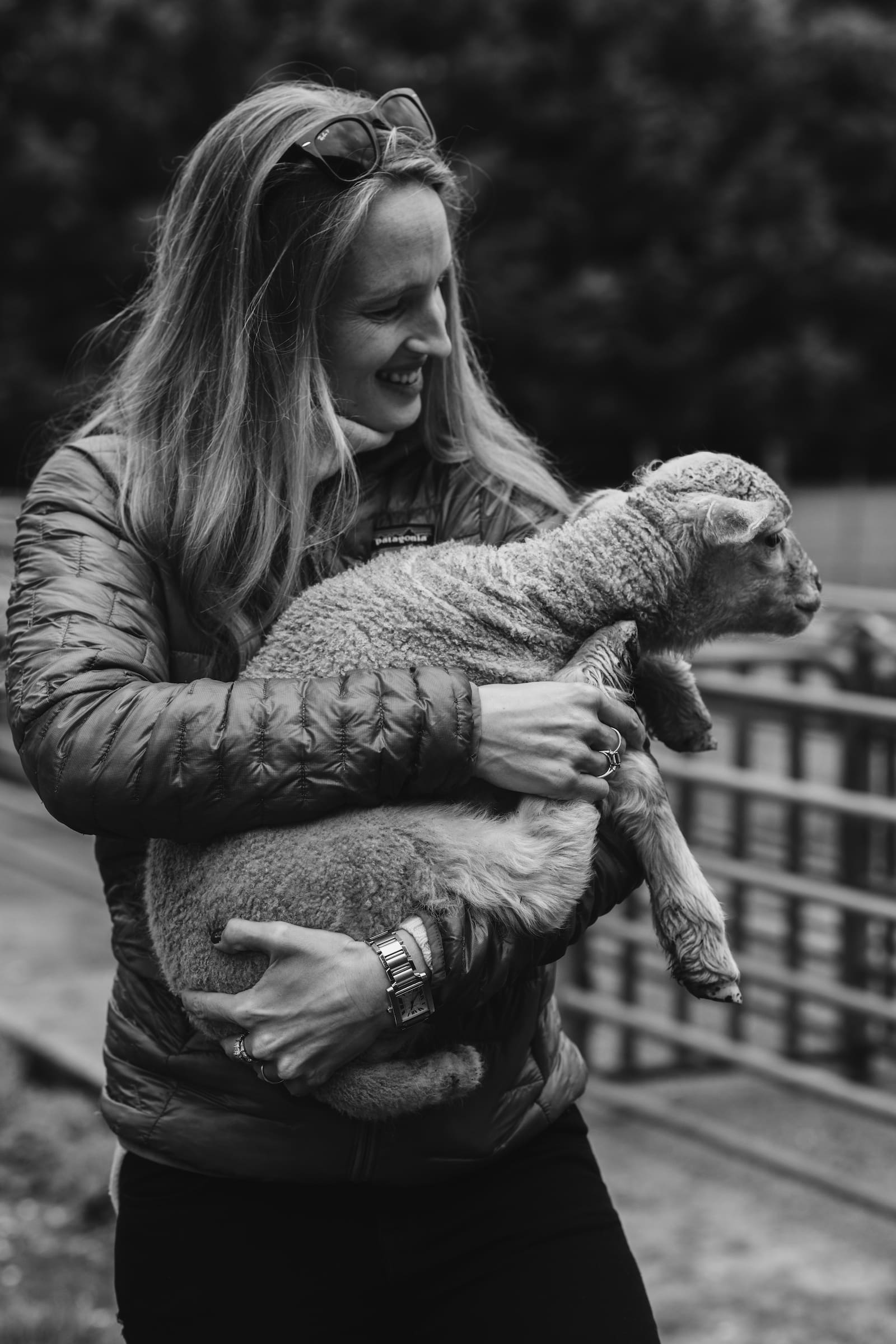 her (very!) high-powered job with Morgan Stanley, and was hoping to find a gig in sustainable finance. Instead, she discovered the dramatic impact the fashion industry had on the environment, soil health, biodiversity, animal welfare, income equality and more. Moved to create meaningful, tactile change, she founded Another Tomorrow, a line of clothing with meticulous sourcing policies, true transparency and staggeringly beautiful designs. They are committed to ensuring living wages for workers; avoidance of animal skins, silk, down, fur, horn and mulesed wool; and loving devotion to the stewardship of the planet through carbon offsetting, best-in-class waste treatment, minimal plastic and organic materials. Another Tomorrow not only focuses on what’s happening within their own operation; they run Call to Action petitions (current petition is a call to sign the 15 Percent Pledge) and a blog to help educate and drive change. —Jane Ratcliffe
her (very!) high-powered job with Morgan Stanley, and was hoping to find a gig in sustainable finance. Instead, she discovered the dramatic impact the fashion industry had on the environment, soil health, biodiversity, animal welfare, income equality and more. Moved to create meaningful, tactile change, she founded Another Tomorrow, a line of clothing with meticulous sourcing policies, true transparency and staggeringly beautiful designs. They are committed to ensuring living wages for workers; avoidance of animal skins, silk, down, fur, horn and mulesed wool; and loving devotion to the stewardship of the planet through carbon offsetting, best-in-class waste treatment, minimal plastic and organic materials. Another Tomorrow not only focuses on what’s happening within their own operation; they run Call to Action petitions (current petition is a call to sign the 15 Percent Pledge) and a blog to help educate and drive change. —Jane Ratcliffe
Prior to founding Another Tomorrow what interest did you have in fashion?
I grew up in a very academic, artistic household. My mother was an artist and often made her own clothes so I grew up with this idea of art, culture, and fashion always close at hand. She died when I was in college and I kept one of her impeccably tailored light grey boiled wool suits that she must have been given or picked up second-hand as we never had that kind of money. The experience of wearing it for the first time was transforming and fashion ended up being one of my core outlets of personal expression during my career in finance.
Coming from such a multi-disciplinary academic setting growing up, but with a strong background in business in my career, I am excited by purposeful innovation at the intersections of disciplines. At Another Tomorrow, we do this through the nexus of design, sustainability, science and technology.
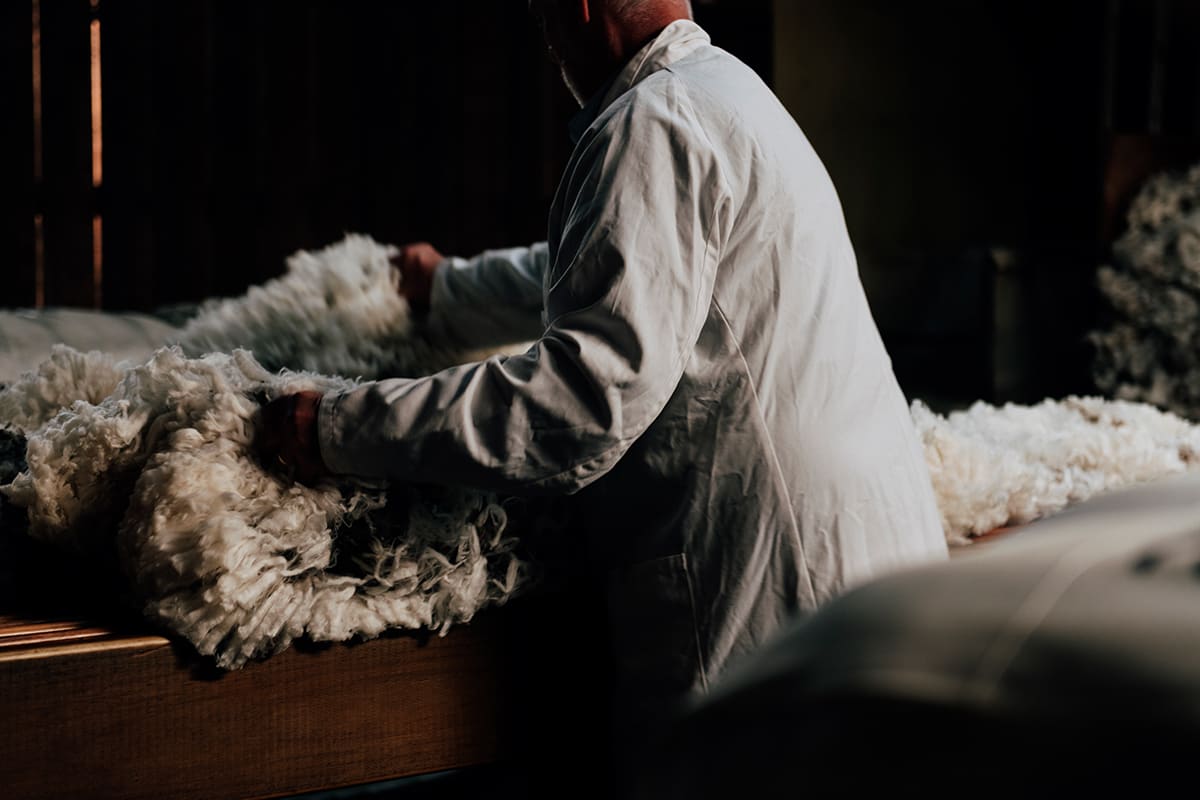
With more designers embracing sustainability, what makes your clothing stand out?
For us, our product has to be impeccable and stand out for our customer in the context of the traditional luxury fashion market to add lasting value. We seek to propel sustainability and ethics throughout the industry rather than compete over credentials. As a result, we adapt the frameworks we want to see others adopt—specifically technology that enables transparency into the supply chains of every single item we make, and authentication to fuel resale and a circular economy without all of the problems related to counterfeit goods.
At the product level, we have obsessed over every design detail to create a collection that truly serves our customer in its construction, in the way the garments move, in the way the products are designed to fit into our customer’s life and wardrobe. And crucially, we developed our own custom fabrics to create what we found was missing when we began, and still is today—materials with scientifically and ethically sound sourcing with no compromises to exceptional luxury quality.
The end result has been that we have fabrics even better than what we would have found in the traditional luxury development process and pieces whose construction and fit delights the most luxury literate customer. These are pieces with connection and story from the farm to the fabric mill to the atelier and finally to our customer.
We do it all at roughly half the price of a traditional luxury collection even though our cost base is higher due to our sourcing, by taking a predominantly direct to consumer approach to our distribution.

You engaged in a tremendous amount of research before founding your company. What did you learn that most surprised you—good or bad?
First, the complexity is immense—far greater than I ever anticipated—from needing to assess impacts at the raw material level to establishing a framework to verify living wages to having to hire a chemicals expert to help us draft our chemical policies and vet our fabric mills.
Second, finding that while driven by science, there is nuance in sustainability that is truly local, particularly at the raw material level. To understand the impact of your choices, there must be traceability to raw material source at the farm with real relationships and an understanding of conditions on the ground and potential tradeoffs.
The same thing is true of ethics in manufacturing. Cost of living differs dramatically from one locality to another and calculations of living wages need to reflect that. What individuals need often differs based on what the government provides and what it doesn’t. And approaches with manufacturers require sensitivity to culture, history and local regulation.
Overall, it’s a lot more convenient to look at a fabric choice or a manufacturer and see a certification, but we have a fundamentally different understanding of what sustainability means having done the research, built the relationships, and traveled to the source of so much of what we make.
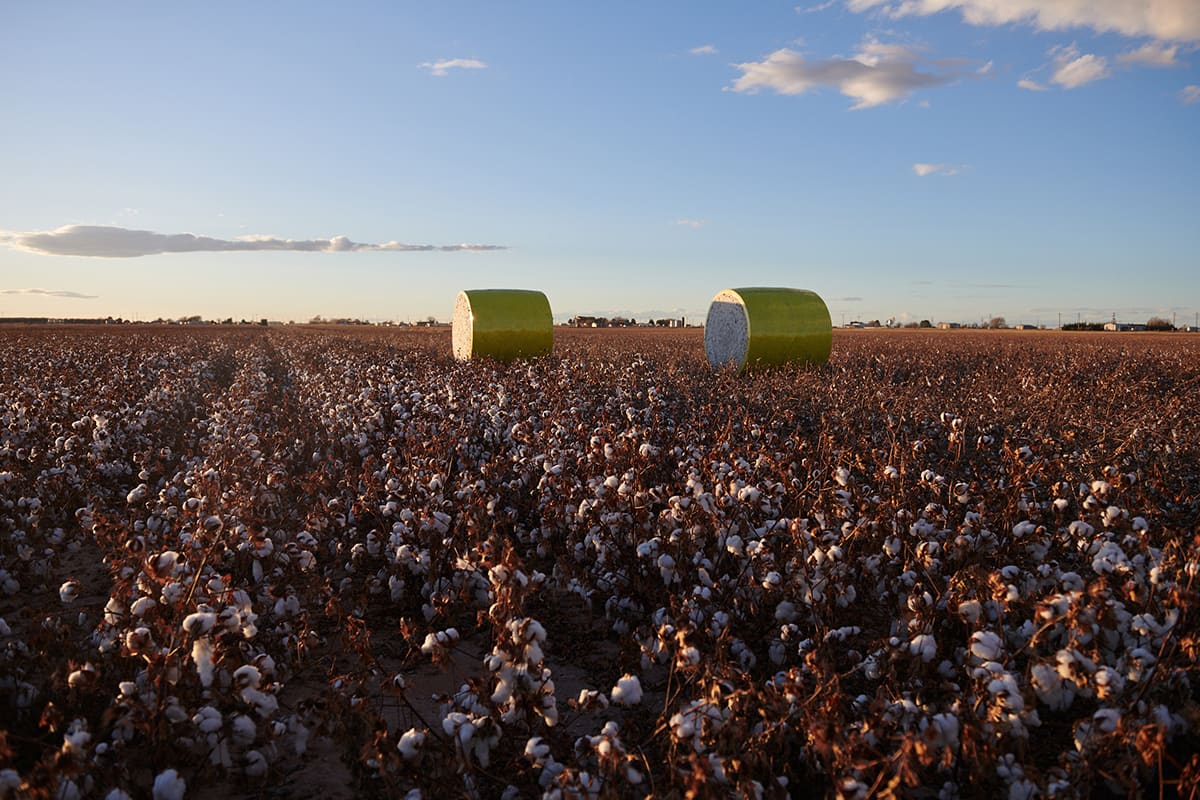
You offer resale of your clothing to further extend the life of the garment and lower raw material use. How does this work?
We are excited to start offering resale in 2021. Much of a garment’s impact is determined by how long it is in use and resale likewise allows us to further democratize quality by creating a secondary price point.
If and when a customer is ready to move on from their piece, they will send it to us, and we will perform a thorough inspection, authenticate it using its digital identity to verify it is ours, and then list it on our site for resale, at which point the original customer will receive a portion of sales when sold.
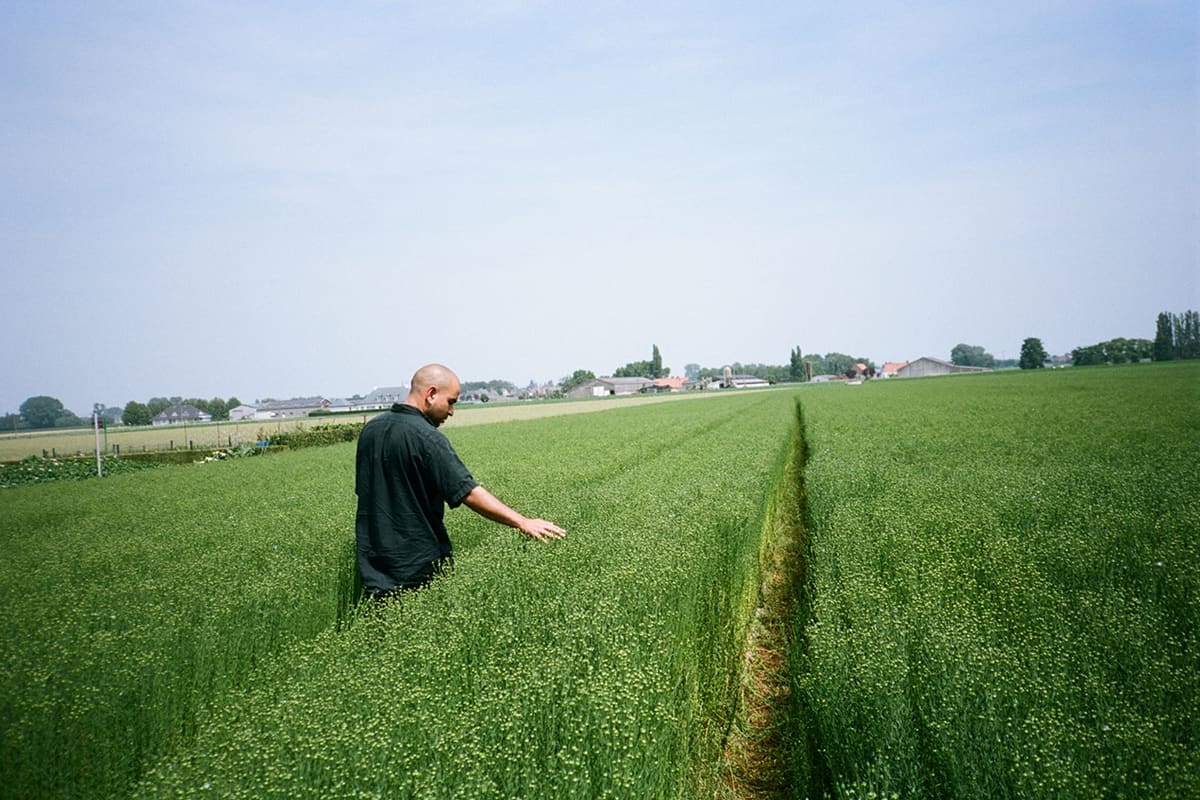
What do you look for in people, companies and farms with whom you work?
We look for shared values, curiosity, empathy, and a long-term commitment to partnership.
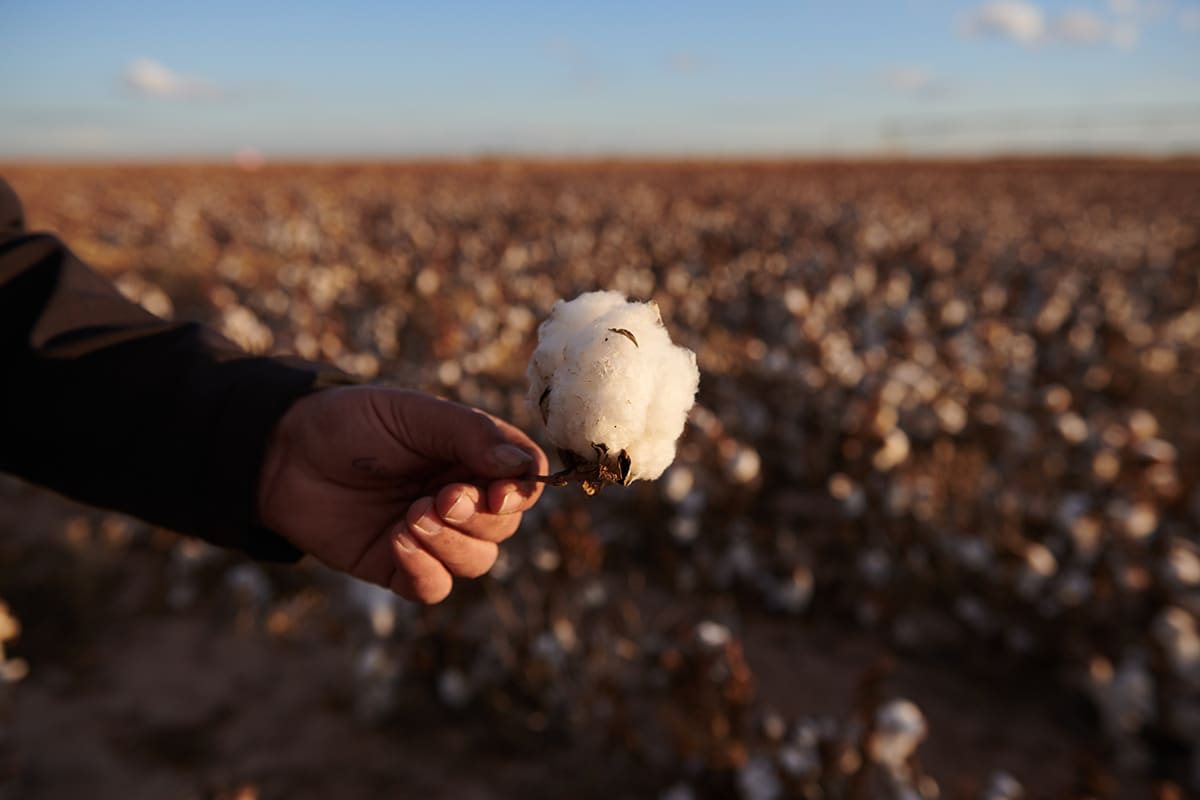
While your packaging has a high content level of recycled materials, you’re struggling to find the same for your clothing. Why do you think there’s such a dearth of recycled textiles?
To start, with few local exceptions, globally we have very poor systems for textile recycling. This is particularly true at the municipal level where consumers recycle their products and there is also a huge need for innovation in the quality of textile recycling. This is one of the reasons I personally invested in Evrnu, independent of Another Tomorrow.
When you spend time on farms and see how much resource goes into our raw materials, the idea of waste is devastating. As a result, we have been scouring for high-quality recycled options for ages. For example, we don’t use any virgin cashmere due to the severe imbalance between supply and demand that has caused substantial desertification in Mongolia, so we have been particularly focused on a recycled alternative and it took us two years to find a single one that has the quality and performance parameters we require.
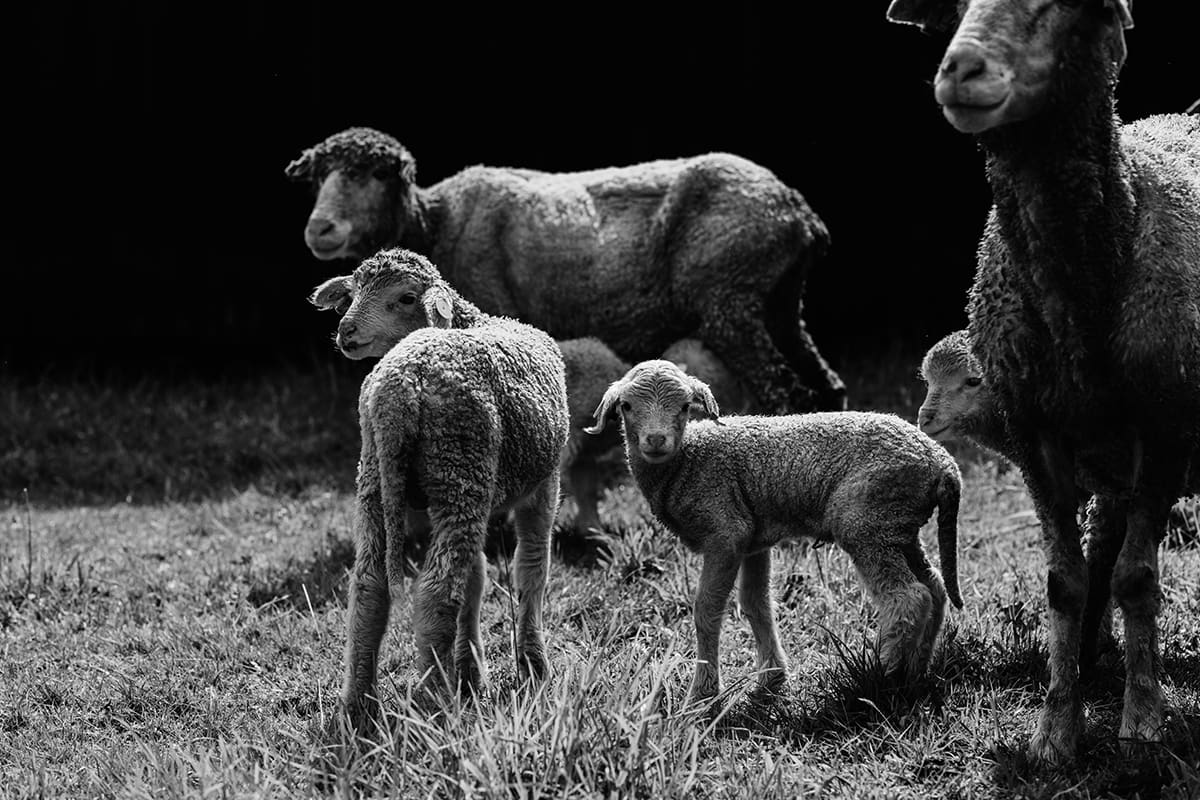
Your dedication to animal welfare is impressive. But you do work with wool. Can you tell us about how sheep are shorn that doesn’t involve suffering? What are the most ethical practices companies should be using in sourcing wool?
When it comes to shearing, knowing the farm intimately and their culture is crucial. A lot of practices are not regulated and may not be covered by certifications. Our farms use cover combs to avoid harm to the sheep while shearing. This leaves a bit of wool on the sheep, but it prevents skin damage. I’ve seen shearing done on many farms now and whom the farms hire for shearing and how they are directed to treat the animals and are supervised can differ a lot. I suggest brands see this first-hand where possible, even if by video.
Having said that, one of the most devastating practices still widely used in Australia, the largest exporter of merino wool, is mulesing. A practice by which strips of skin are removed from the sheep, often without any anesthetic, to address an issue called fly-strike, that can be prevented through other means. In my view, it is imperative that fashion brands move to sourcing exclusively non-mulesed wool, which is covered by the RWS certification, as well as wool that comes from New Zealand where mulesing is banned.
Finally, our gold standard for sheep farming allows for sheep to live their entire natural lives in multi-generational flocks. One of our farms, run by a female former marine scientist, practices this and it’s going to be a long road to get others there as the economic trade-offs are considerable and require a much higher wool price, but we’re dedicated to this journey and have proof of concept that it’s doable with a consistent buyer at a premium. We welcome other brands interested in being part of this journey to contact us.
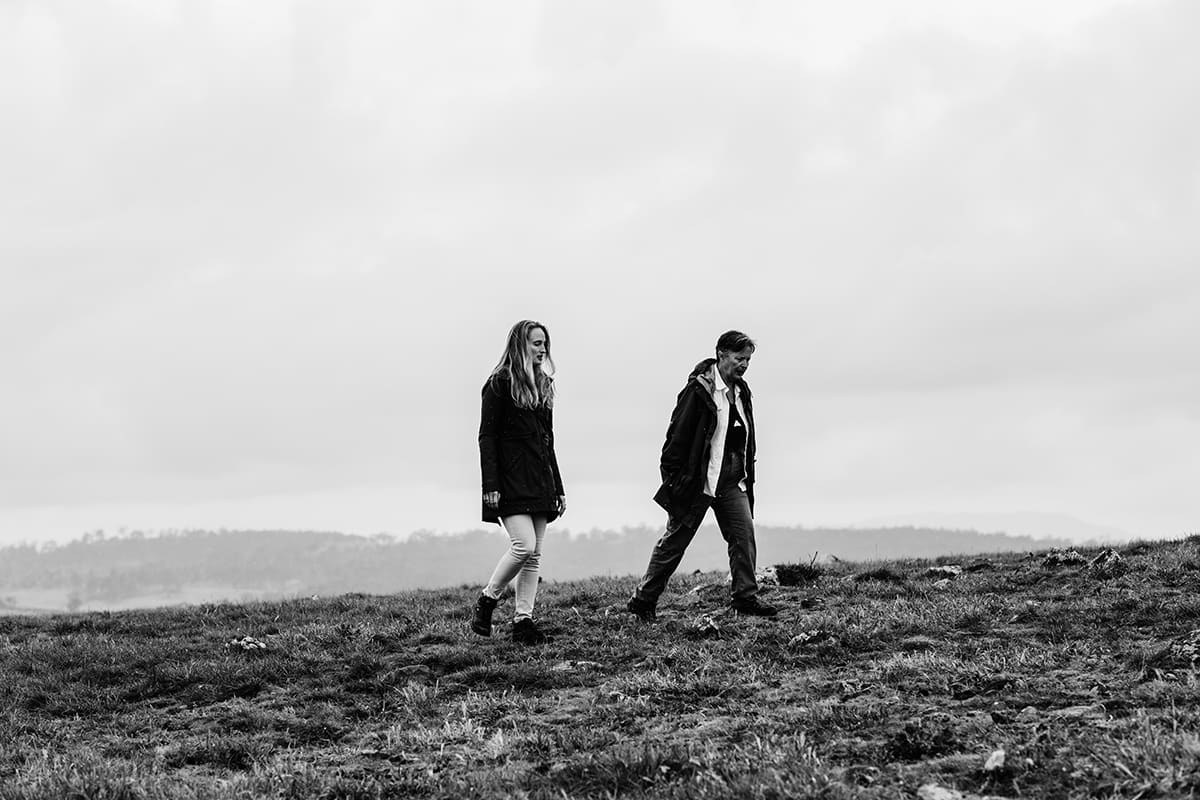
Garment workers are disproportionately women and often don’t make a living wage. What steps have you taken to address this?
Vet, trust and verify. We build relationships with every single atelier we work with and have verified that they pay living wages, including checking pay stubs, against two independent benchmarks, as a precondition to moving forward with production.
Having said that, to get to industry scale, regulation and technology-enabled transparency have to move fast. Both are desperately needed everywhere apparel manufacturing takes place. Europe is certainly in the lead, but not immune from opaque subcontracting practices. I’m particularly excited by the potential of transparency and technology as it’s hard to manage what you can’t measure and sunlight is truly the best disinfectant.
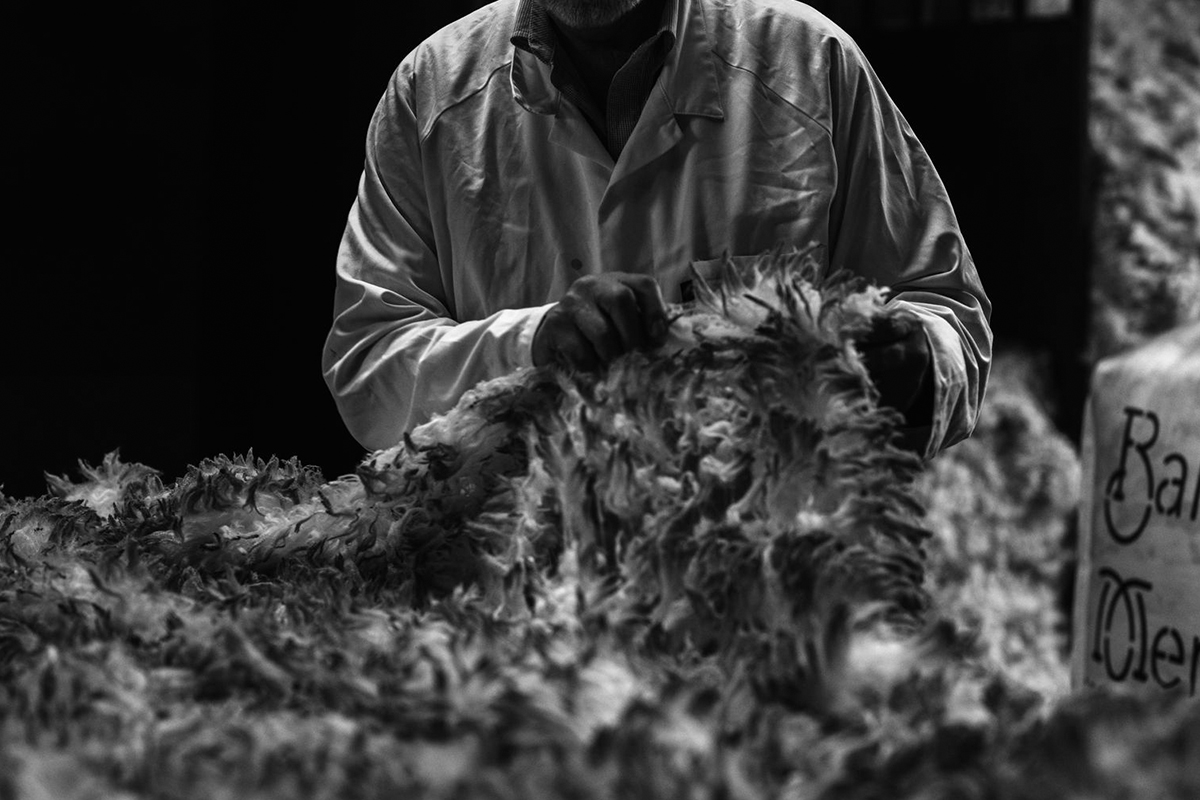
Another Tomorrow would be considered very high-end with its price points. Who is your target customer?
We are essentially direct-to-consumer luxury, which allows us to offer a luxury collection at roughly half the price of traditional luxury (less once resale launches), despite a higher cost base due to our sustainability and ethics framework.
Every customer is unique, however I’ll venture to make two observations where we have seen patterns. One is that we have a significant group of traditional luxury customers, who are generally mid-thirties and up and excited to find the exceptional quality they expect from luxury in a product rooted in values for a price that makes sense. In other words, luxury that is defined by quality, values, and authenticity where the price is a reflection of true cost rather than price being one of the defining features of the product.
We also have a group of customers who have not been luxury customers historically, but who are actively seeking to buy fewer, higher quality items and see the investment value in both the quality and the values underpinning the collection and find that while a $2,000 traditional luxury blazer is out of reach, purchasing one of our blazers at say $800 is possible when you consider the cost per wear and the fact that it is built to last a lifetime. We are excited by the ability to grow this group of customers considerably as we launch resale.
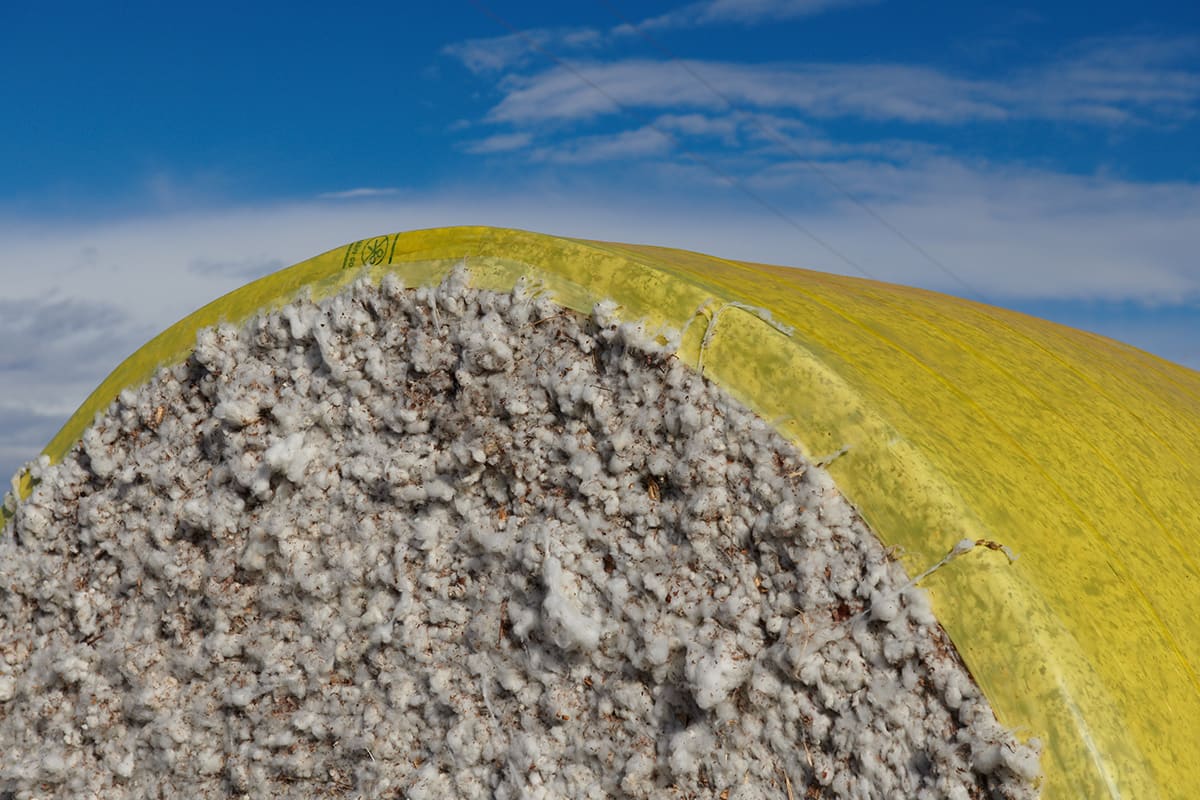
What effect has COVID-19 had on your company?
Crisis is clarifying. It forces extreme focus on mission, on customers, on partners, on the value that one has to bring to the table to survive and thrive. We have been laser-focused on how our customer’s core product needs are evolving which has led us to adjust our product mix. We’ve been rethinking how we can partner in different ways with our suppliers for mutual benefit to improve flexibility in the system and help establish safety nets at a time of uncertainty. And we’ve been focused on how we can better support our communities in times of need and doing the introspective work on how we can improve as an organization.
I’m proud to say that during this time we became a Certified B Corporation, which I hope will become a widely adopted framework for a stakeholder model of capitalism sorely needed in this industry.
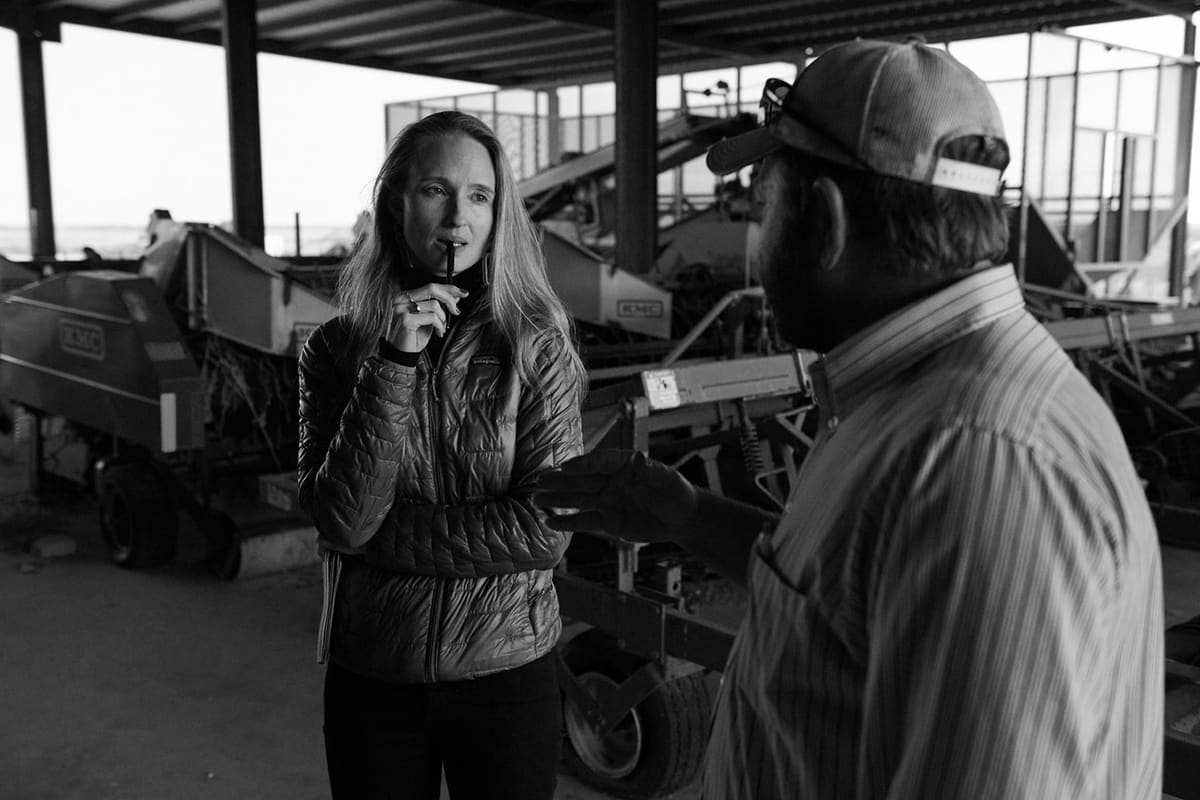
What lessons have you learned from living through this pandemic?
This pandemic has held up a mirror to our society and we’ve been forced to look at what we see. The same thing is true for me personally. I’m learning to be extremely present—taking nothing for granted, being far more honest with myself, and deepening my commitment to where I can add value outside of myself, and the inner work I need to do.
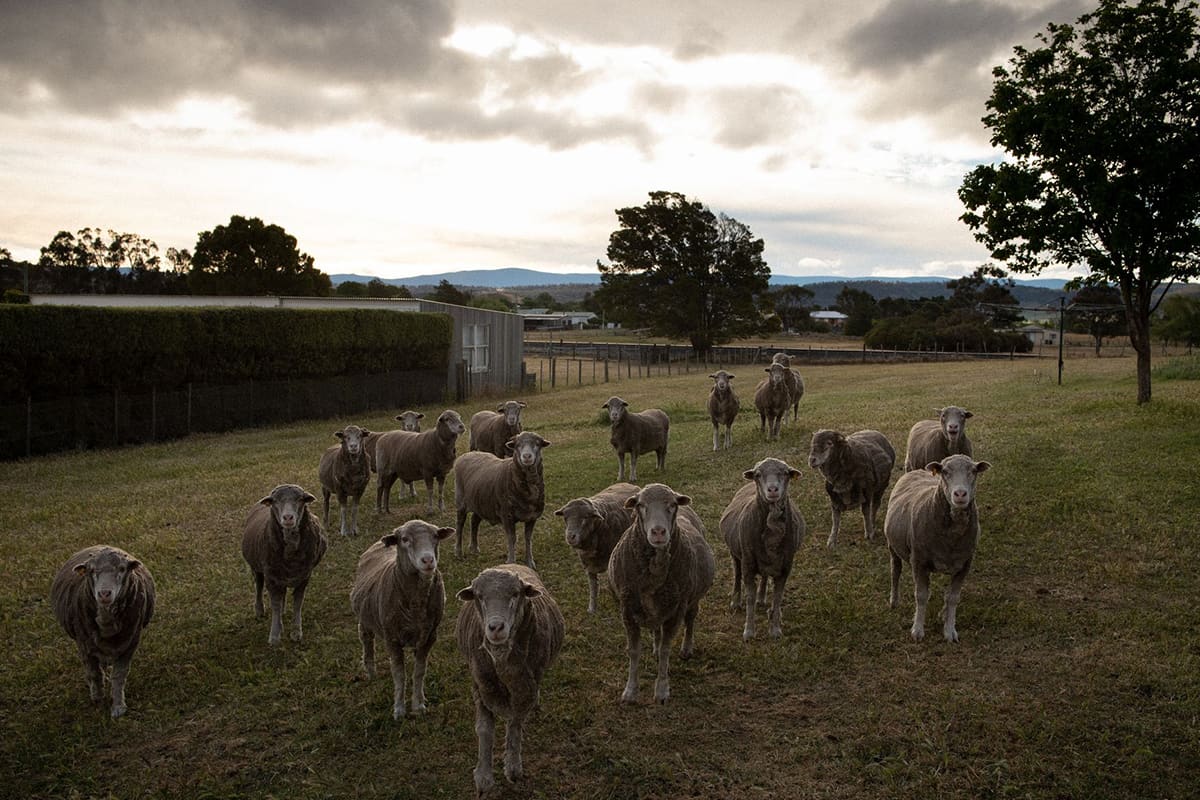
What is your Call to Action and how can people get involved?
Our Call to Action is a petition on our site dedicated to using our voices, not just our wallets, to drive change. You can find it under the Magazine section of our site, which has editorial independence from the business.
Our first petition focused on the urgency for our elected officials to address the climate emergency. The current petition is a call to sign the 15 Percent Pledge to ask retailers to dedicate 15 percent of their shelf space to Black-owned businesses.
The petitions change over time, which we flag over social media and our newsletters and in the future will also focus on much-needed regulation to improve overall sustainability and ethics in the fashion industry.












